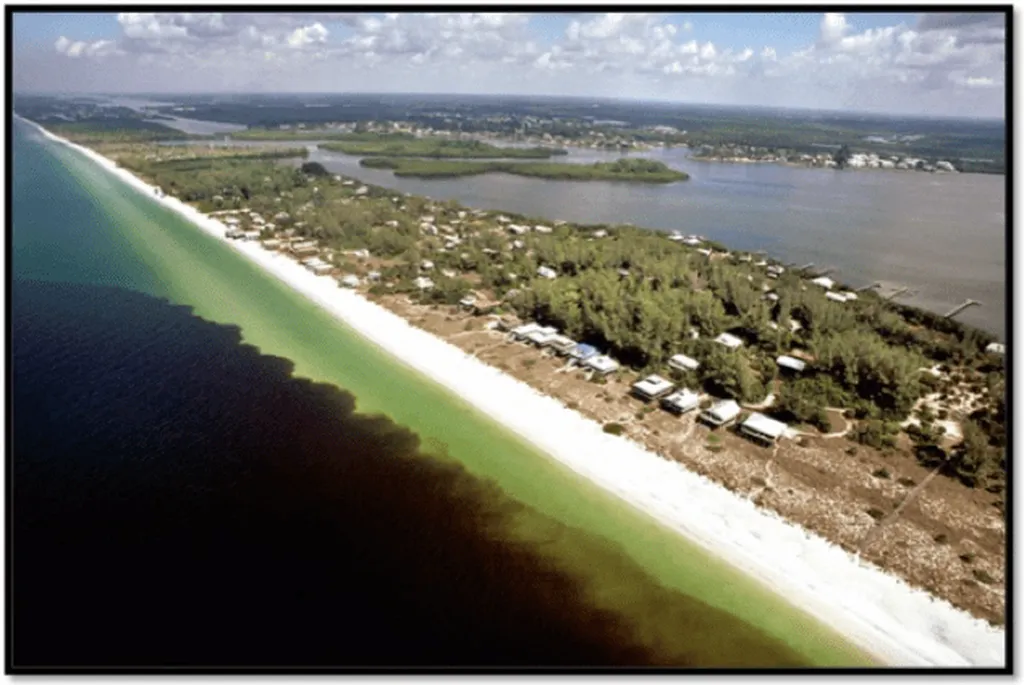In the vast, dynamic world of coastal ecosystems, a tiny organism is making a big splash. Synechococcus, a picocyanobacterium, plays a crucial role in these environments, yet its seasonal bloom dynamics and environmental responses have remained somewhat of a mystery—until now. A recent study published in the journal *Frontiers in Marine Microbiology* (formerly *Frontiers in Microbiology*) sheds light on the seasonal blooms of Synechococcus in Laizhou Bay, offering insights that could have significant implications for the energy sector and our understanding of climate change.
Led by Xiaokun Ding from the School of Ocean at Yantai University in China, the research team employed a combination of flow cytometry and rpoC1 gene analysis to investigate the bloom development and community succession of Synechococcus. Over three years, they conducted 10 seasonal surveys and a year-long monthly observation at a fixed station in Laizhou Bay, a temperate semi-enclosed bay.
The findings revealed that Synechococcus blooms peak in summer, with abundances reaching up to 106 cells per milliliter, particularly in the southern part of the bay. High abundances were also observed in autumn. The study found that phycoerythrin-rich Synechococcus consistently dominated the community, especially during autumn blooms, accounting for more than 70% of the population.
Genetic analyses showed that summer and autumn blooms harbored high clade diversity, including S5.1 II, III, V, and VII, while winter and spring communities were simpler, dominated by S5.1 I and IV. Notably, the S5.2. VIII clade gradually increased in relative abundance during bloom development, exceeding 50% in late autumn.
Temperature emerged as the primary regulator of Synechococcus dynamics, with cell abundance increasing exponentially with rising temperatures. Bloom events were consistently triggered above 26°C. Additionally, external nutrient inputs, particularly riverine pulses accumulating from summer to autumn, contributed to the persistence and genetic diversification of Synechococcus blooms.
“This study provides valuable insights into the mechanisms regulating Synechococcus blooms and offers a methodological framework for understanding and predicting microbial community responses to the combined effects of climate change and anthropogenic disturbances in coastal ecosystems,” Ding explained.
The implications of this research are far-reaching. Understanding the dynamics of Synechococcus blooms can help predict and manage algal blooms, which can have significant impacts on coastal ecosystems and the industries that rely on them. For the energy sector, this research could inform the development of biofuels and other renewable energy sources derived from algae. By harnessing the power of these tiny organisms, we can potentially unlock new avenues for sustainable energy production.
Moreover, the study highlights the importance of monitoring and managing nutrient inputs into coastal ecosystems. As climate change continues to alter temperature regimes and nutrient availability, understanding the responses of key microbial communities like Synechococcus will be crucial for maintaining the health and productivity of our coastal waters.
In the words of Ding, “Our findings underscore the need for integrated approaches that combine genetic and environmental data to unravel the complex interactions shaping microbial communities in coastal ecosystems.” As we grapple with the challenges of a changing climate, such insights will be invaluable in guiding our efforts to protect and sustain these vital ecosystems.
This research not only advances our scientific understanding but also paves the way for innovative solutions in the energy sector and beyond. By delving into the microscopic world of Synechococcus, we are uncovering the building blocks of a more sustainable future.

